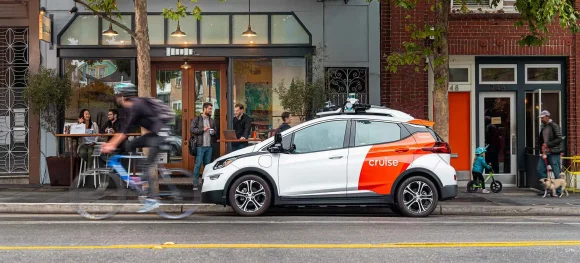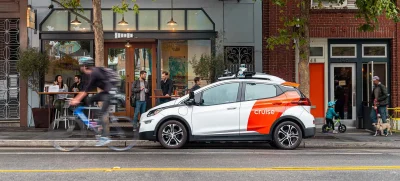Because of rapidly evolving tech, many things we consider commonplace may soon disappear. It’s just the nature of the evolution of technology. At least, so believes Cruise CEO Kyle Vogt on autonomous cars.
Cruise is an autonomous vehicle subsidiary under General Motors. It offers robotaxi services in a handful of regions around the US.
During a recent keynote, the TechCrunch Disrupt 2023, Vogt said he supports prohibiting human drivers in city centers.
Backed up
Recently, San Francisco residents and local authorities even protested against the expansion of robotaxi services by companies like Cruise and Waymo within the city. However, Vogt proposes a different approach: instead of banning robotaxis, make them the exclusive option and restrict human drivers. It’s an unconventional concept, but it’s gaining traction.
Vogt’s stance is backed by data. While Cruise’s robotaxis have occasionally caused traffic disruptions and minor incidents in the cities they operate in, they have never caused a fatality.
A study by Cruise revealed that their autonomous cars accumulated over one million miles without human drivers and were involved in 73% fewer severe collisions with a significant risk of injury than human-driven vehicles.
An autonomous future?
Vogt remains optimistic that the community will eventually resist the presence of human-driven vehicles, starting in densely populated urban areas. he expressed his willingness for Cruise to actively contribute to the cause of eliminating human-driven cars from cities.
However, he believes it may not be necessary, as residents will take the lead when they realize that autonomous vehicles offer substantially greater safety.
Vogt illustrated this point by stating, “If I told you five years from now AVs are going to be 100 times safer, and you have regions of your city that have high pedestrian and cyclist traffic, it would almost seem reckless as a city planner to allow one version of transportation that’s 100 times less safe than the other to coexist in that space.”
Fear of robots
Nevertheless, Vogt’s vision may overlook essential factors.
“You see this in European and other cities where they don’t allow cars in certain street areas and things like that,” he says.
European citizens are increasingly worried about air pollution caused by both human-driven and autonomous cars.
Even electric vehicles contribute to particulate matter pollution from components like brakes, tires, and road dust. Congestion is another critical issue, as cars require significantly more maneuvering space than bicycles or pedestrians. This raises questions about whether autonomous vehicles will genuinely enhance city life or inadvertently exacerbate existing challenges.
Could we expect an AV-dominated future? It raises safety considerations and broader questions about the role of cars in urban environments and the potential challenges posed by increased car usage, even if the vehicles are autonomous.











